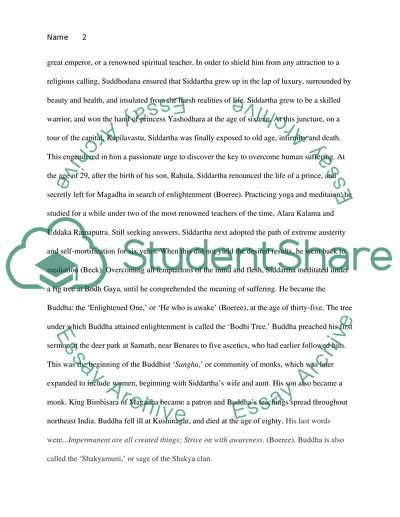Cite this document
(“Buddhism: The Religion of Peace Research Paper Example | Topics and Well Written Essays - 1500 words”, n.d.)
Retrieved de https://studentshare.org/religion-and-theology/1390579-buddhism
Retrieved de https://studentshare.org/religion-and-theology/1390579-buddhism
(Buddhism: The Religion of Peace Research Paper Example | Topics and Well Written Essays - 1500 Words)
https://studentshare.org/religion-and-theology/1390579-buddhism.
https://studentshare.org/religion-and-theology/1390579-buddhism.
“Buddhism: The Religion of Peace Research Paper Example | Topics and Well Written Essays - 1500 Words”, n.d. https://studentshare.org/religion-and-theology/1390579-buddhism.


